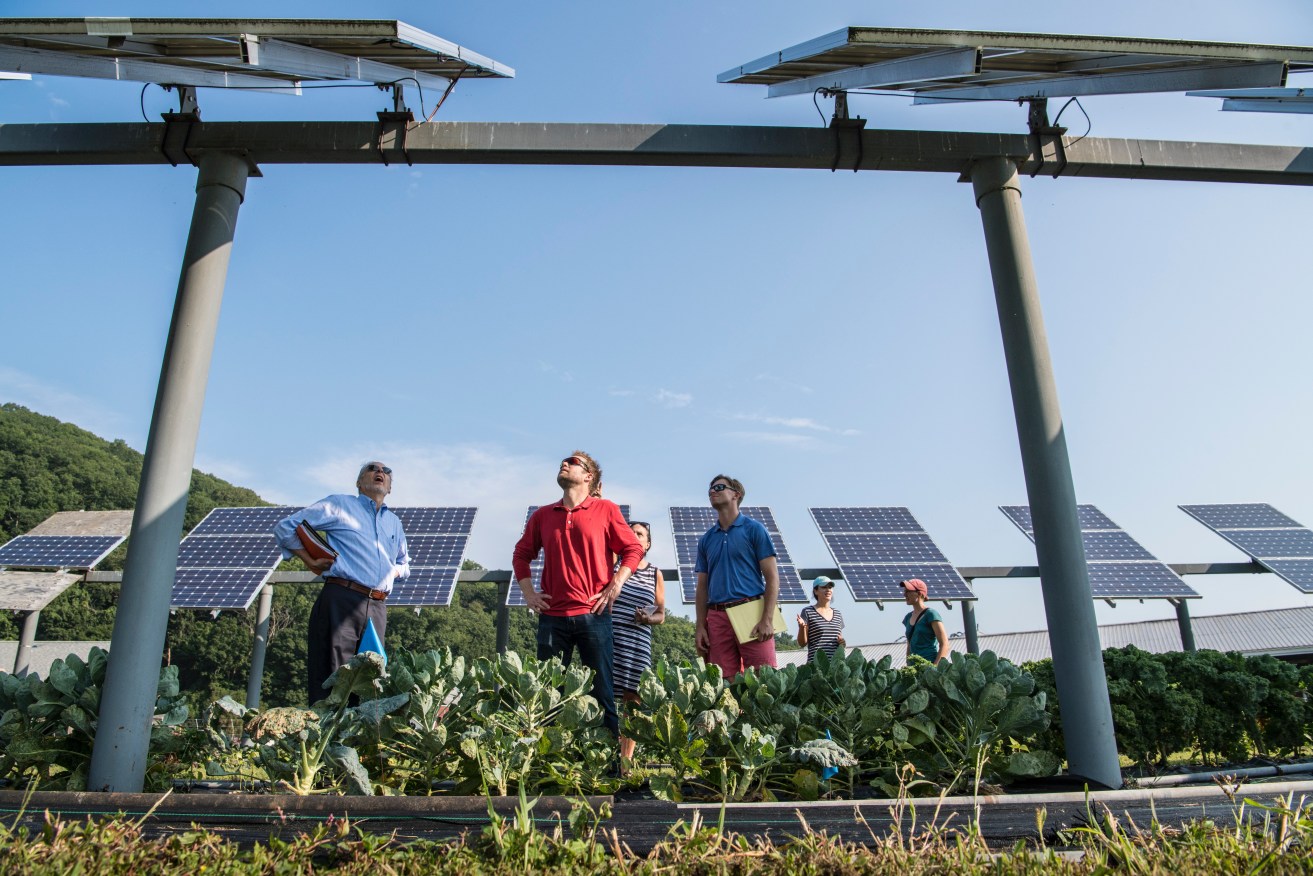Renewables to overtake coal in four years but Australia lags due to policy void
Renewables will become the largest source of global electricity generation by 2025, according to the International Energy Agency.


But it also warned that policy inaction and grid connection issues in Australia were a problem for the sector.
The comment points to the Federal Government’s lack of a renewable energy target, which has constrained new projects. That has meant the states have been forced to develop their own frameworks which has meant widely varying goals.
In a report released overnight, the IEA said globally more than 198 gigawatts of renewable capacity would be installed this year, breaking another record and accounting for almost 90 per cent of the increase in total power capacity.
It said that in the next five years, the generation costs of utility-scale solar photovoltaic systems were expected to decline by another 36 per cent, making PV the least costly way to add new electricity capacity in most countries.
However, while large scale solar systems would continue to be built, growth in distributed PV systems would decrease by almost 8 per cent as individuals and companies reprioritise investments in light of the economic crisis.
“Renewables will achieve record expansion in 2021, with almost 218 GW becoming operational – a 10 per cent increase from 2020,’’ the IEA report said.
“By 2025, the share of renewables in total electricity generation is expected to be 33 per cent, surpassing the coal-fired generation.
“India is the largest contributor to the renewables rebound in 2021, with the country’s annual additions doubling from 2020.’’
But 2022 could see a decline as incentives expire and policy uncertainties in key markets combined with financing challenges and limited stimulus targeting renewable electricity.
“In Asia and Oceania, federal policy uncertainty and grid connection delays in Australia, and the precarious financial health of Indian distribution companies prevent renewable additions from further accelerating in 2022,’’ it said.
“Conversely, renewable capacity additions in Europe, the Middle East and Africa are forecast to continue expanding in 2022.
“Renewables are expected to meet 99 per cent of the global electricity demand increase during 2020‑25.
In the European Union and the United Kingdom, the increase in renewables-based generation is expected to be more than nine times the rise in electricity demand, and close to three times the increase in US demand.
“In most advanced economies, renewables replace coal generation as aging fleets retire. In China and India, renewables are forecast to cover almost 65 per cent of demand growth, while in ASEAN countries, fossil fuels dominate generation increases, preventing a rise in the renewables share. ”












